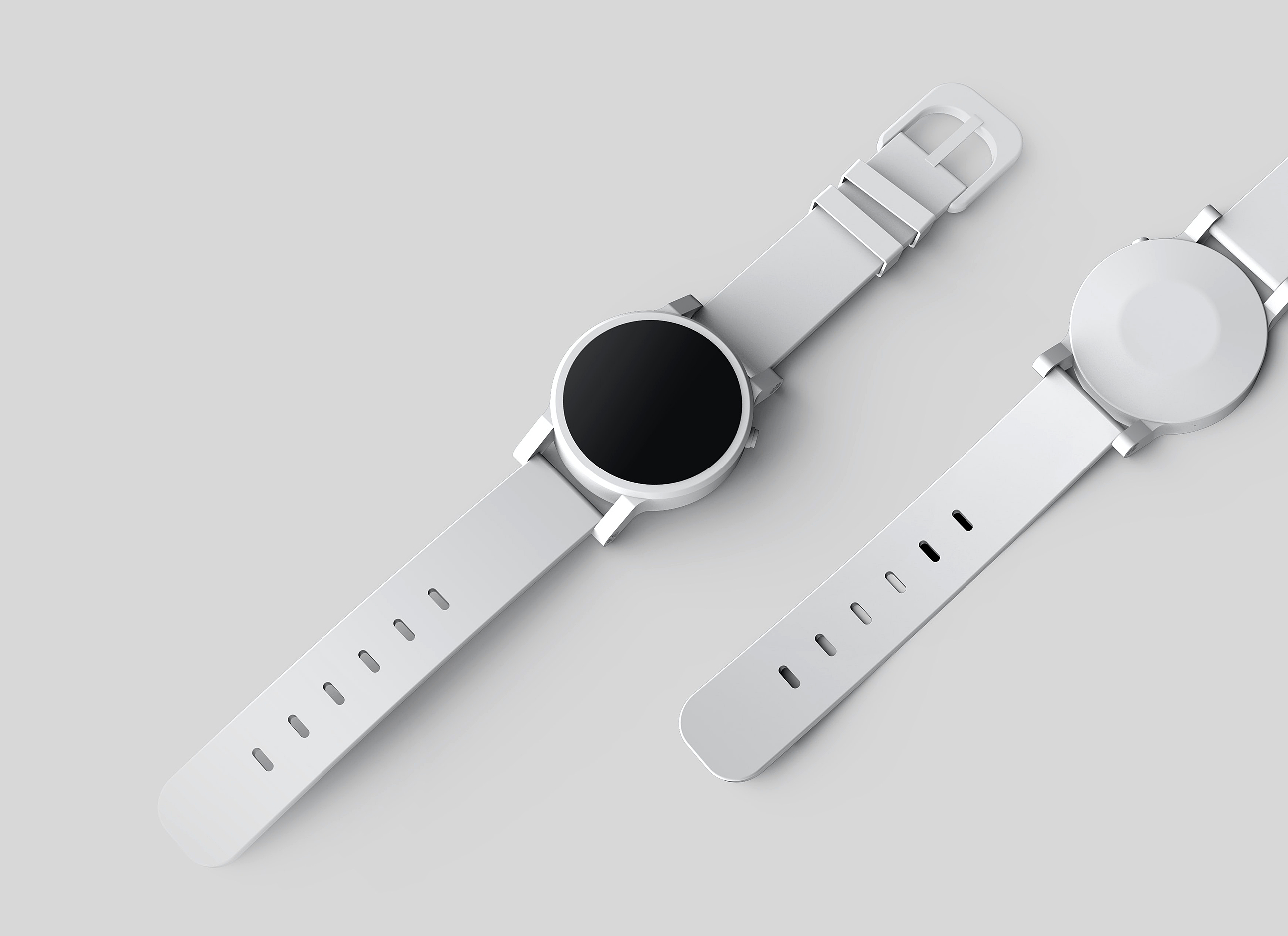|
Thync
Thync is a venture-backed startup that developed a non-invasive, neurostimulation technology that targets the autonomic nervous system. The company launched the first electronic wearable device to increase energy and lower stress in 2015. Its makers claim the device works by neurostimulation techniques such as TENS. In 2017, Thync exited the consumer health market and focused all efforts on the development of a bioelectronic therapy to treat moderate psoriasis. References * {{cite patent , inventor1-last = PAL , inventor1-first = Sumon K. , inventor2-last = CHARLESWORTH , inventor2-first = Jonathan , inventor3-last = Demers , inventor3-first = Remi , inventor4-last = Wetmore , inventor4-first = Daniel Z. , title = Transdermal electrical stimulation methods for modifying or inducing cognitive state , issue-date = 2013 , patent-number = US9014811 B2 , country-code = US External links Company website Wearable devices ... [...More Info...] [...Related Items...] OR: [Wikipedia] [Google] [Baidu] |
Wearable Technology
Wearable technology is any technology that is designed to be used while worn. Common types of wearable technology include smartwatches and smartglasses. Wearable electronic devices are often close to or on the surface of the skin, where they detect, analyze, and transmit information such as vital signs, and/or ambient data and which allow in some cases immediate biofeedback to the wearer.Düking P, Hotho A, Holmberg HC, Fuss FK, Sperlich B. Comparison of Non-Invasive Individual Monitoring of the Training and Health of Athletes with Commercially Available Wearable Technologies. Frontiers in physiology. 2016;7:71. . Wearable devices such as activity trackers are an example of the Internet of Things, since "things" such as electronics, software, sensors, and connectivity are effectors that enable objects to exchange data (including data quality) through the internet with a manufacturer, operator, and/or other connected devices, without requiring human intervention. Wearable tech ... [...More Info...] [...Related Items...] OR: [Wikipedia] [Google] [Baidu] |
Neurostimulation
Neurostimulation is the purposeful modulation of the nervous system's activity using invasive (e.g. microelectrodes) or non-invasive means (e.g. transcranial magnetic stimulation or transcranial electric stimulation, tES, such as tDCS or transcranial alternating current stimulation, tACS). Neurostimulation usually refers to the electromagnetic approaches to neuromodulation. Neurostimulation technology can improve the life quality of those who are severely paralyzed or have profound losses to various sense organs, as well as for permanent reduction of severe, chronic pain which would otherwise require constant (around-the-clock), high-dose opioid therapy (such as neuropathic pain and spinal-cord injury). It serves as the key part of neural prosthetics for hearing aids, artificial vision, artificial limbs, and brain-machine interfaces. In the case of neural stimulation, mostly an electrical stimulation is utilized and charge-balanced biphasic constant current waveforms or capacit ... [...More Info...] [...Related Items...] OR: [Wikipedia] [Google] [Baidu] |
Transcutaneous Electrical Nerve Stimulation
Transcutaneous electrical nerve stimulation (TENS or TNS) is the use of electric current produced by a device to stimulate the nerves for therapeutic purposes. TENS, by definition, covers the complete range of transcutaneously applied currents used for nerve excitation although the term is often used with a more restrictive intent, namely to describe the kind of pulses produced by portable stimulators used to reduce pain. The unit is usually connected to the skin using two or more electrodes which are typically conductive gel pads. A typical battery-operated TENS unit is able to modulate pulse width, frequency, and intensity. Generally, TENS is applied at high frequency (>50 Hz) with an intensity below motor contraction (sensory intensity) or low frequency (<10 Hz) with an intensity that produces motor contraction. More recently, many TENS units use a mixed frequency mode which alleviates tolerance to repeated use. Intensity of stimulation should be strong but comfor ... [...More Info...] [...Related Items...] OR: [Wikipedia] [Google] [Baidu] |

_is_a_technique_for_noninvasive_stimulation_of_the_adult_brain.jpg)